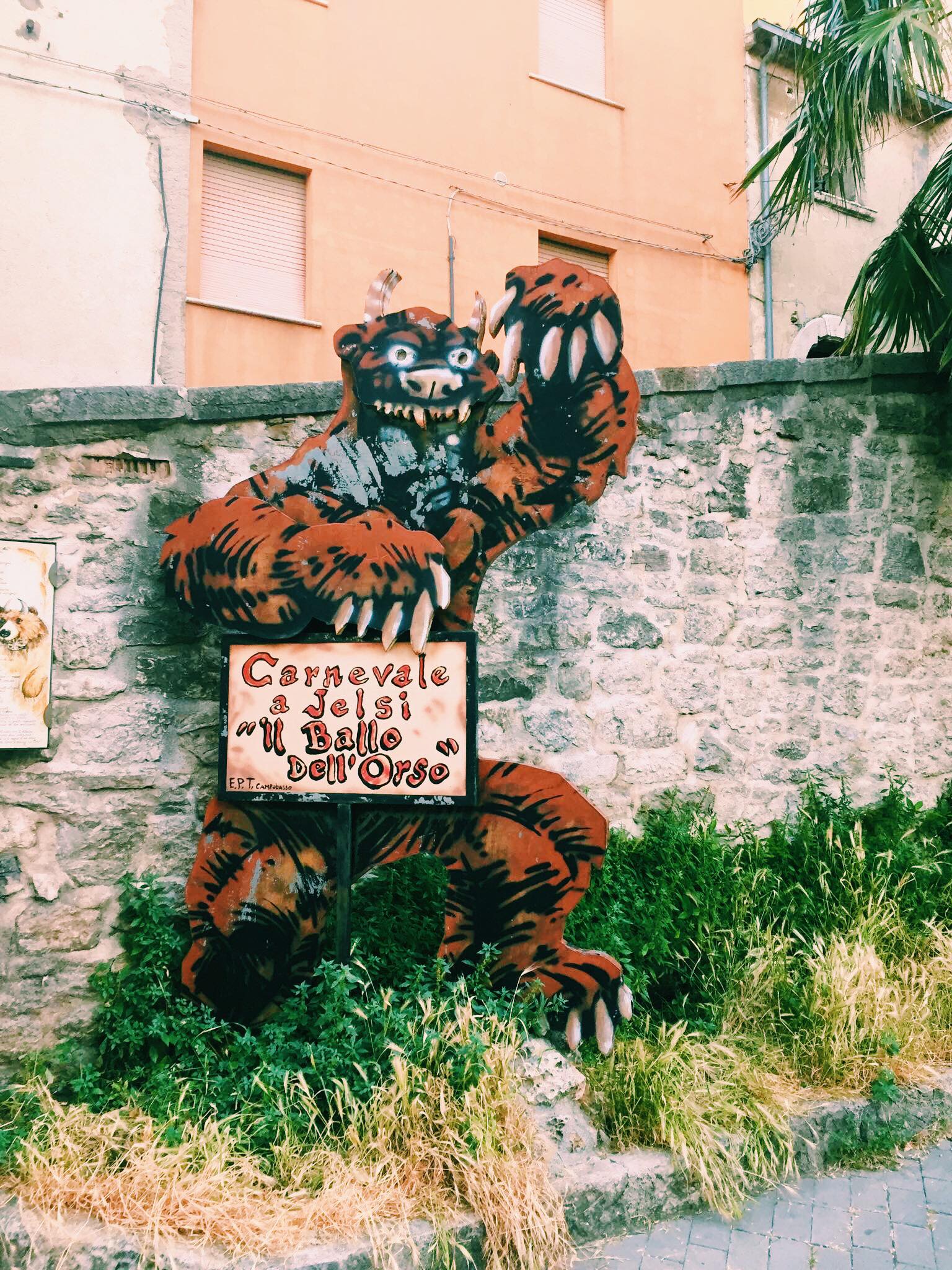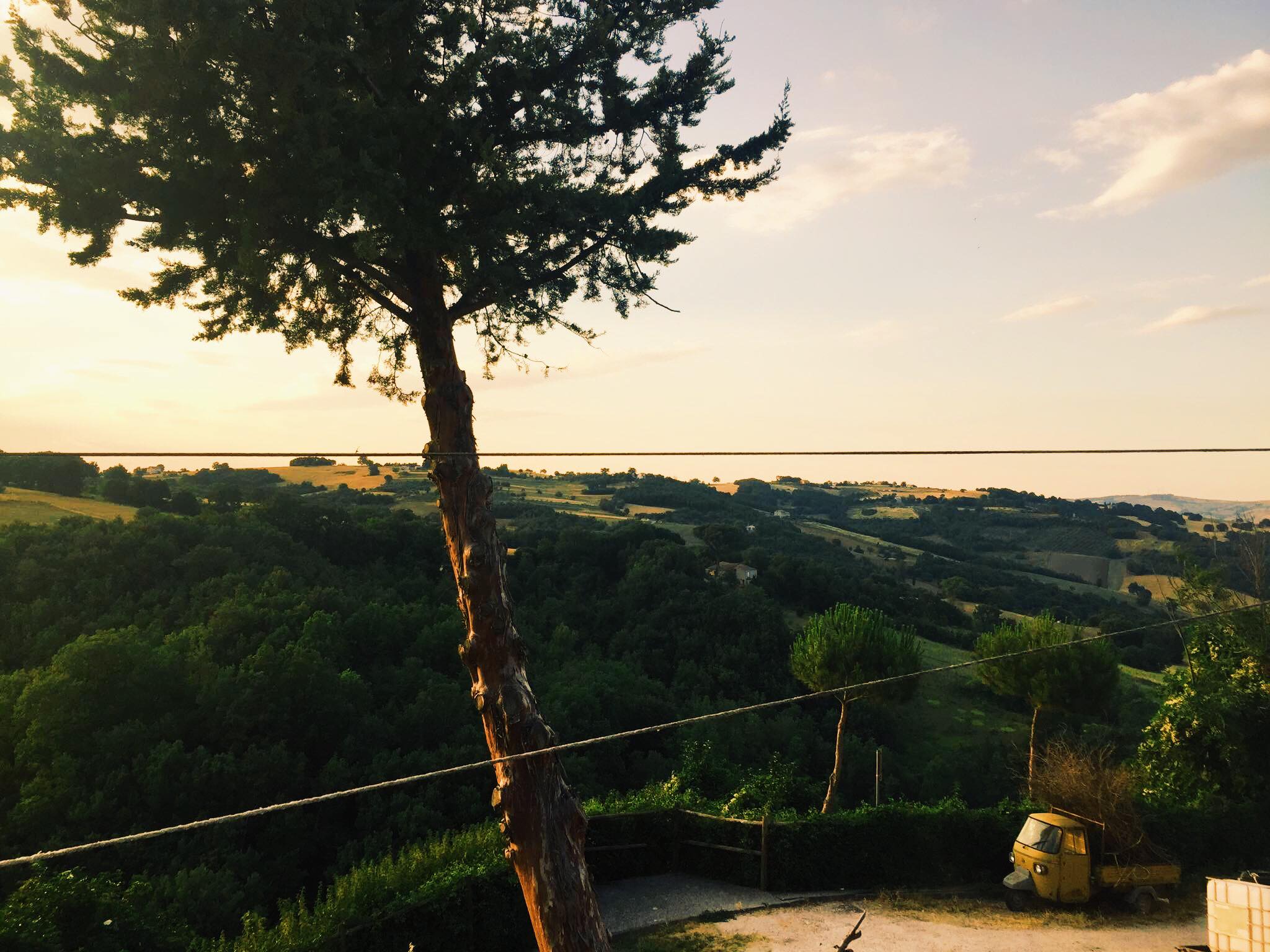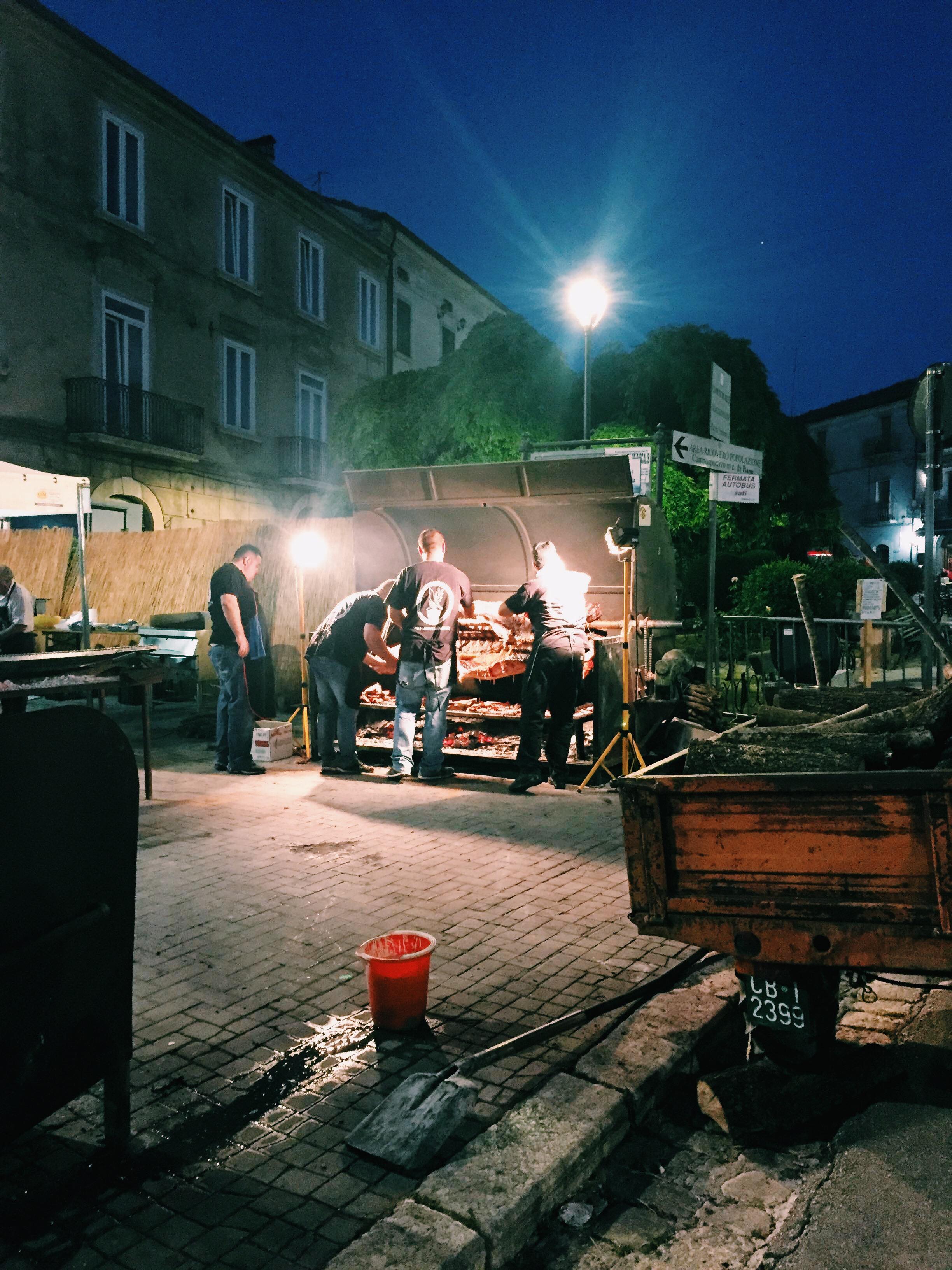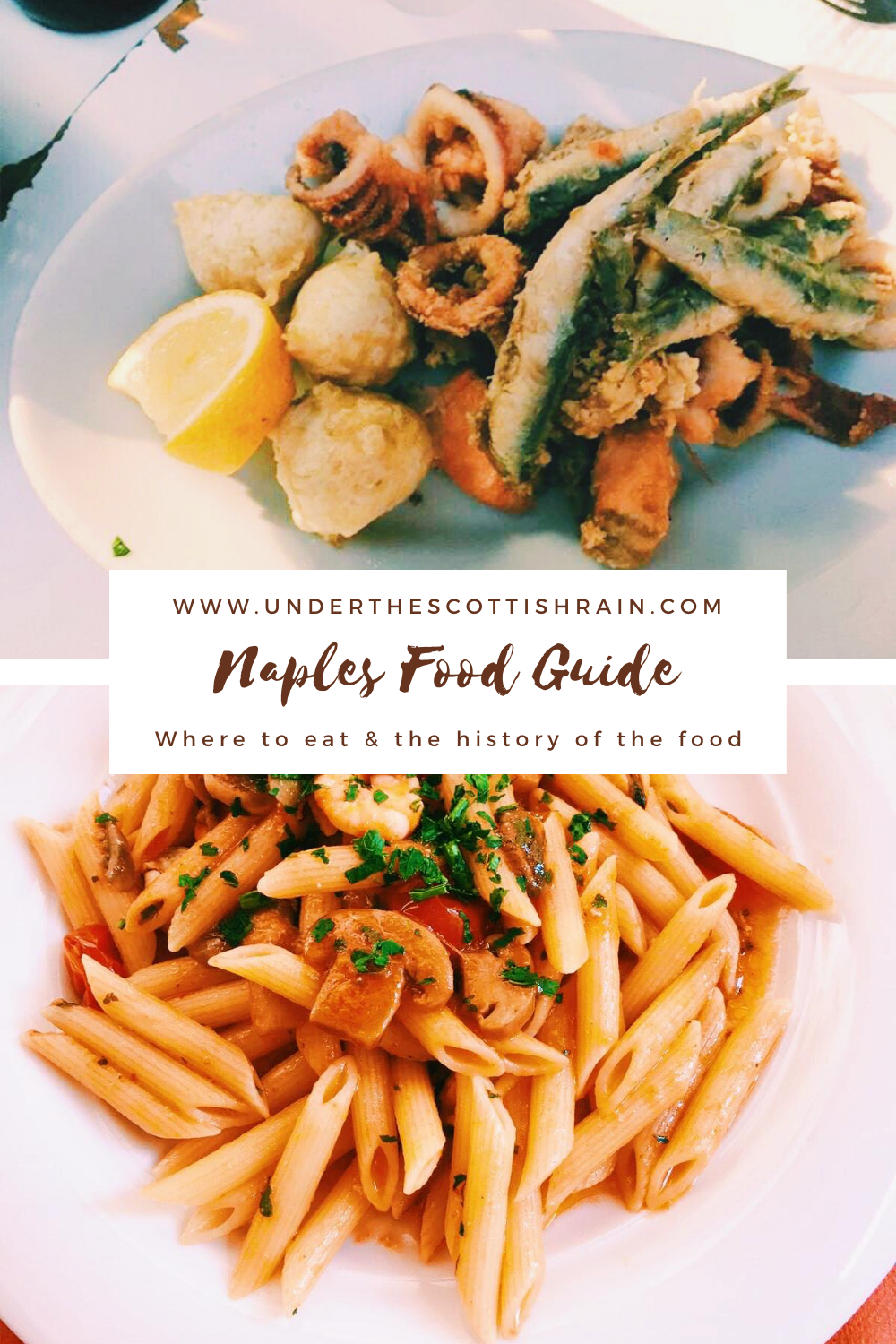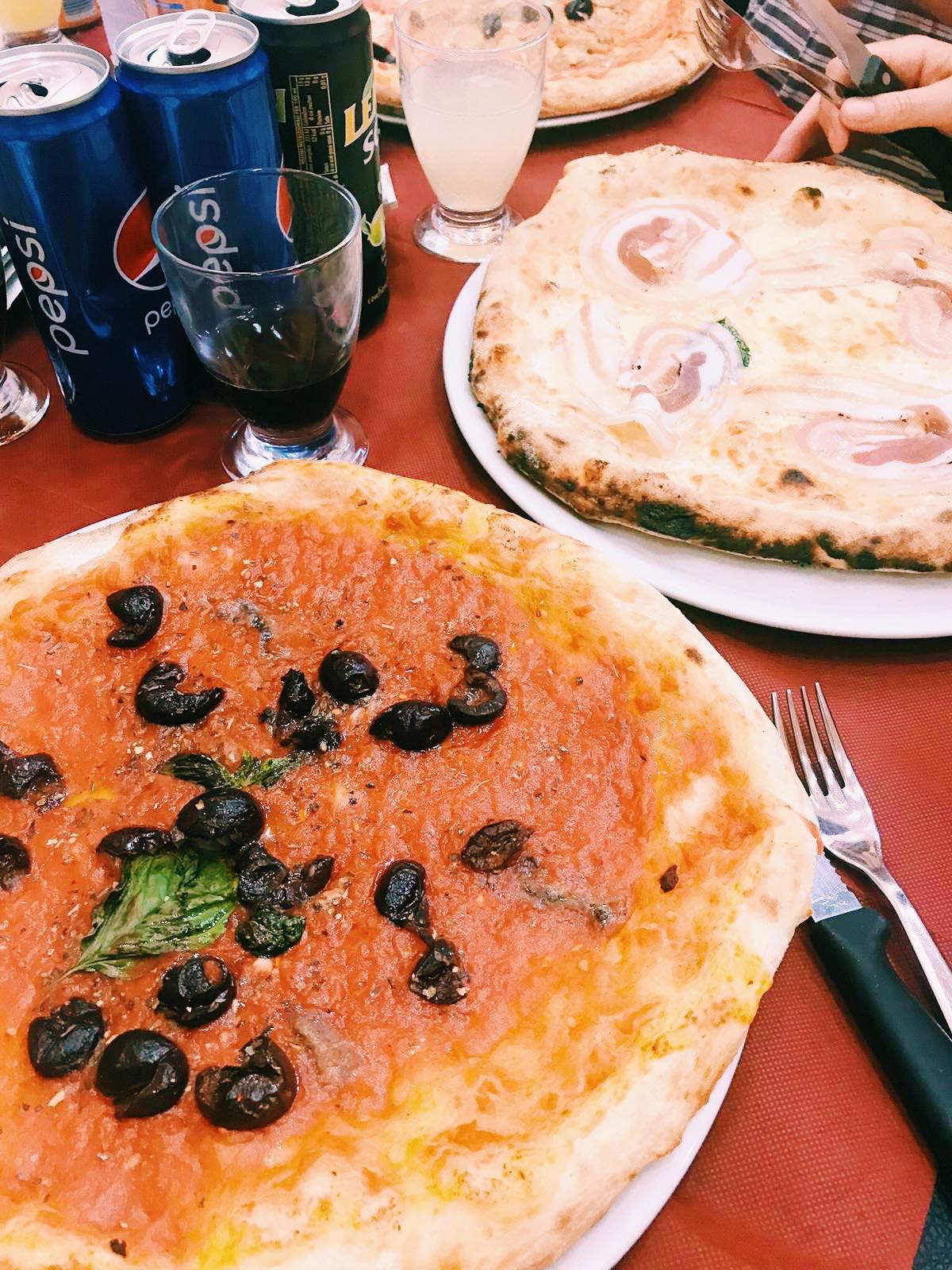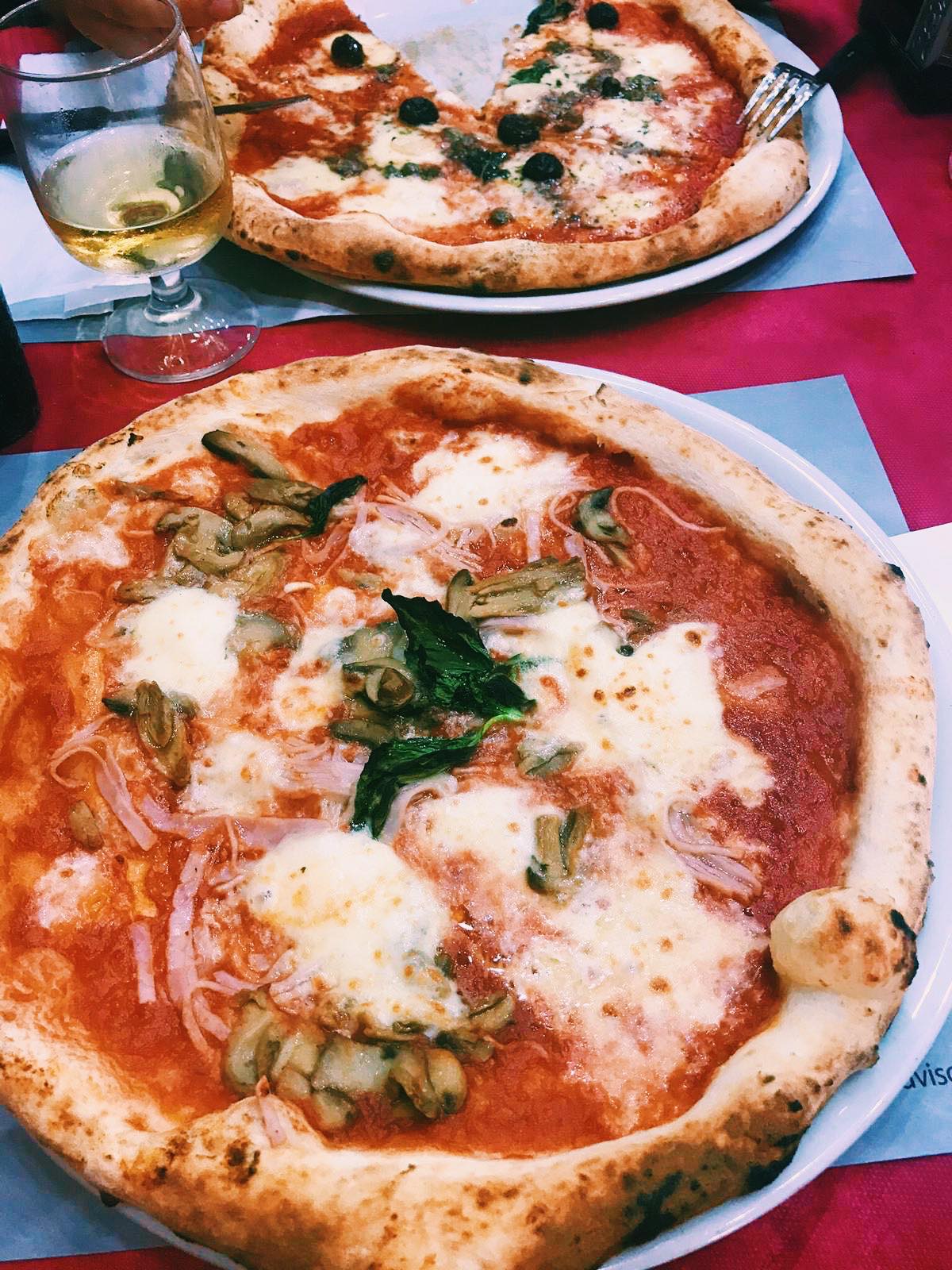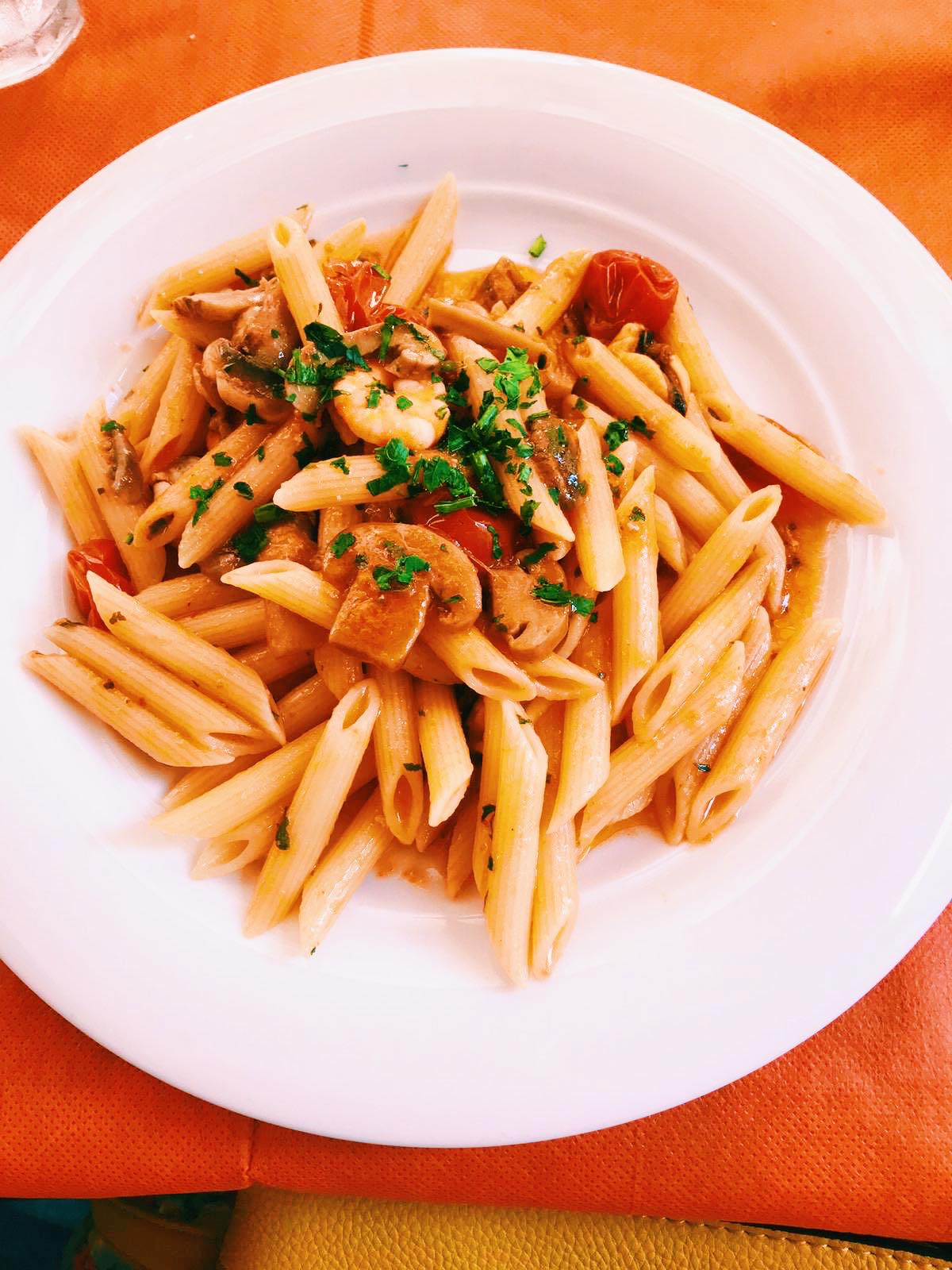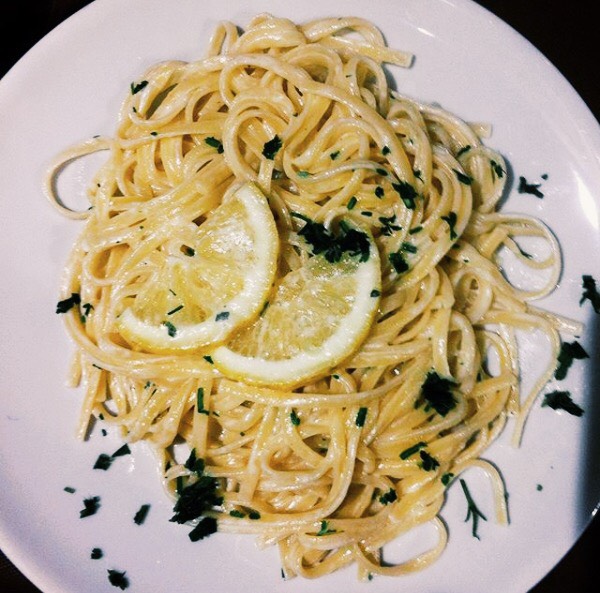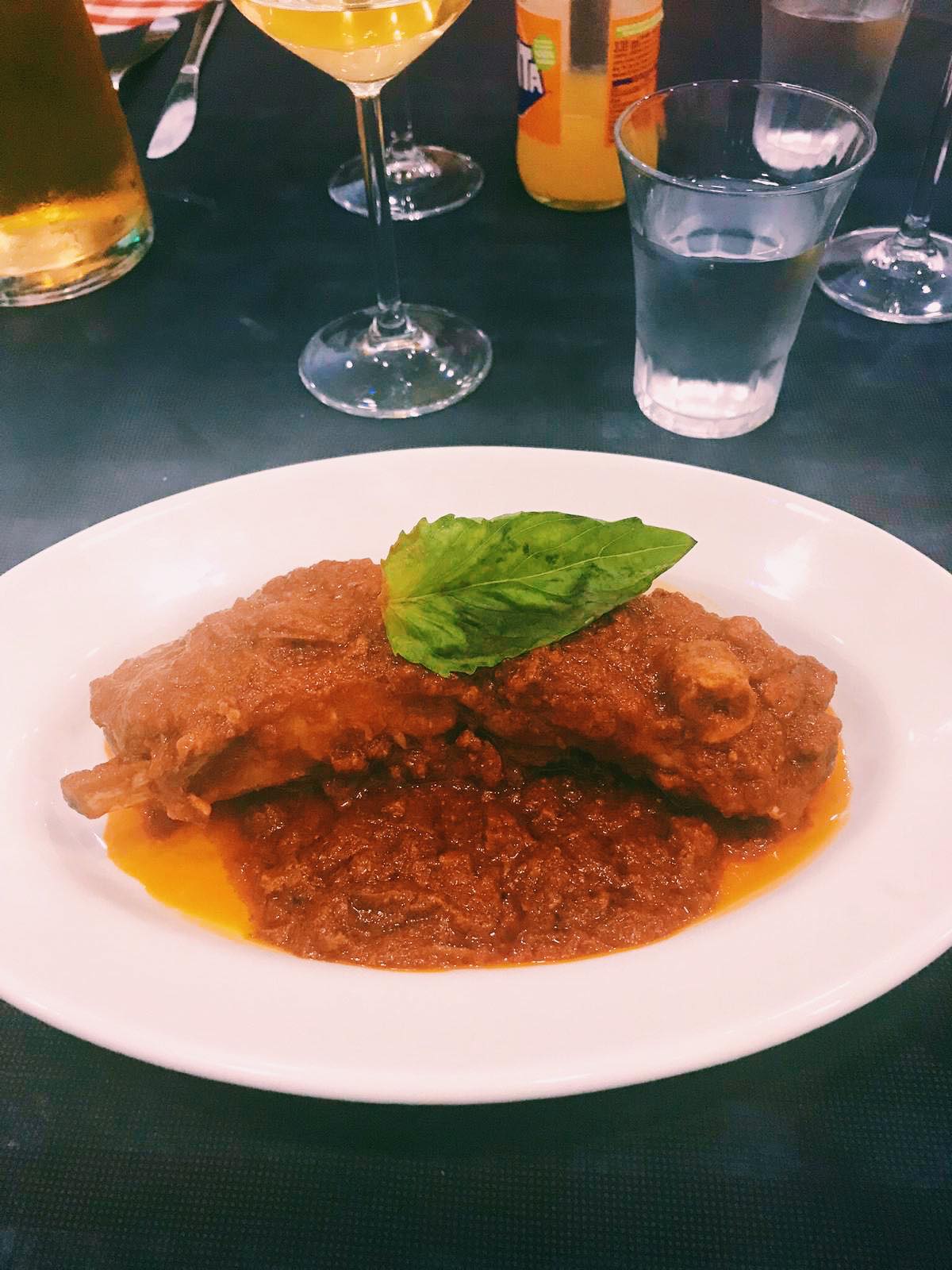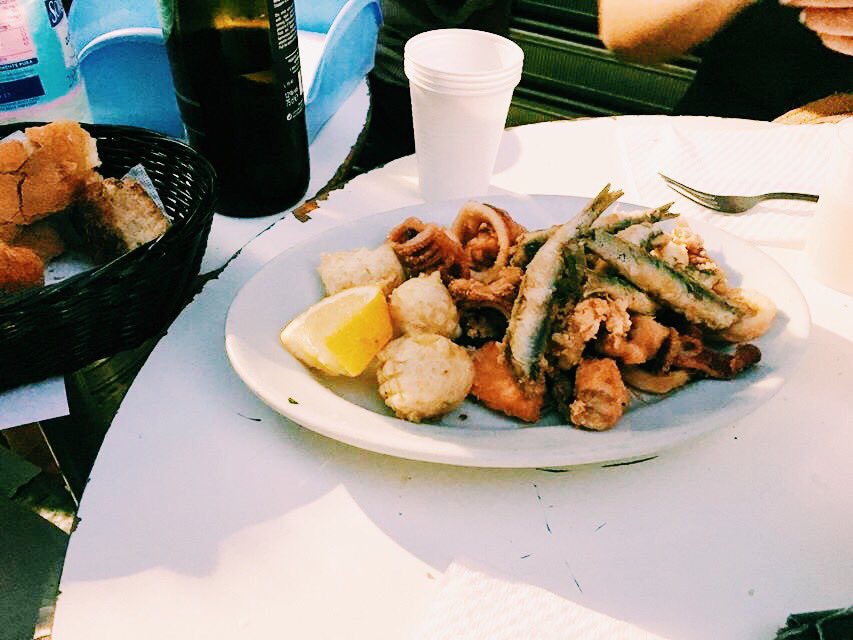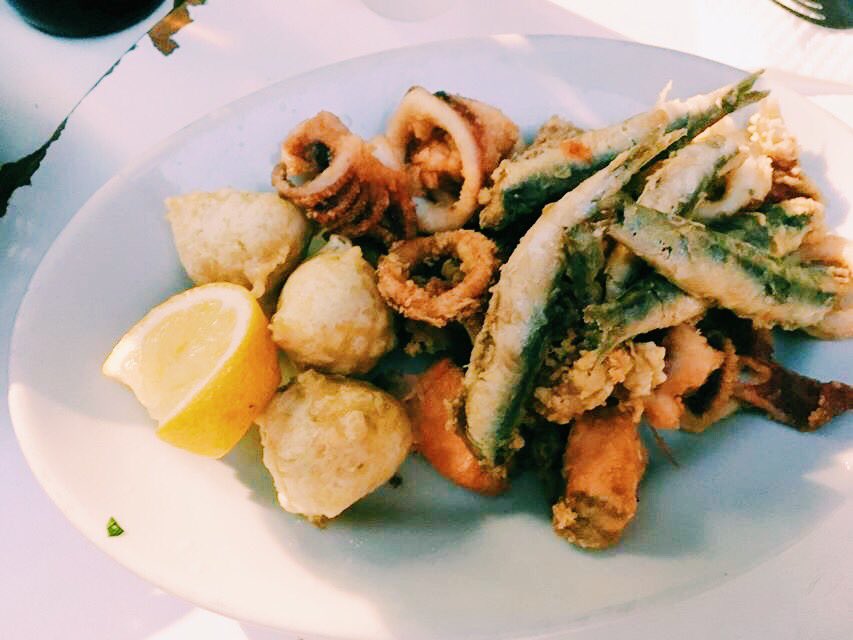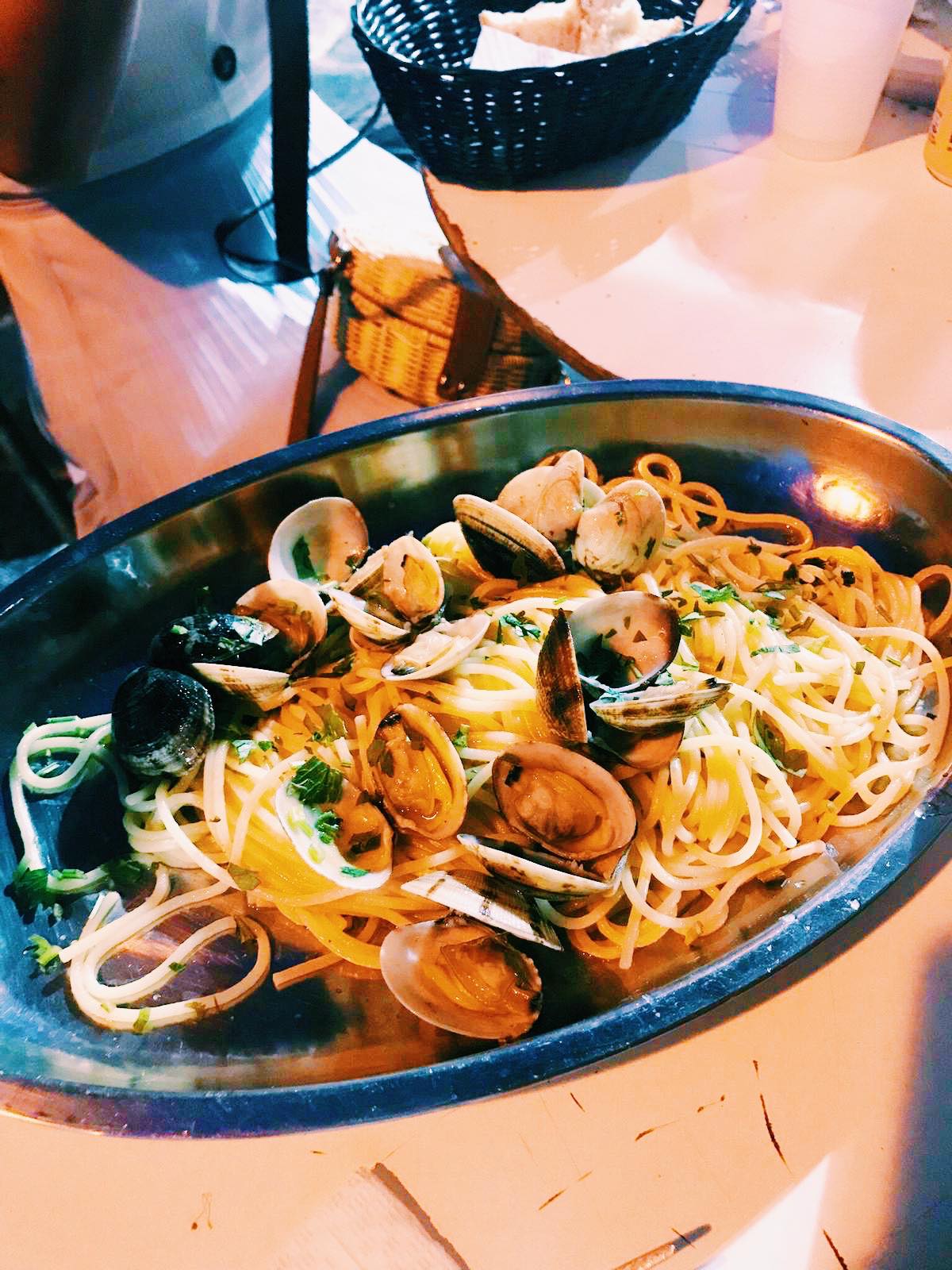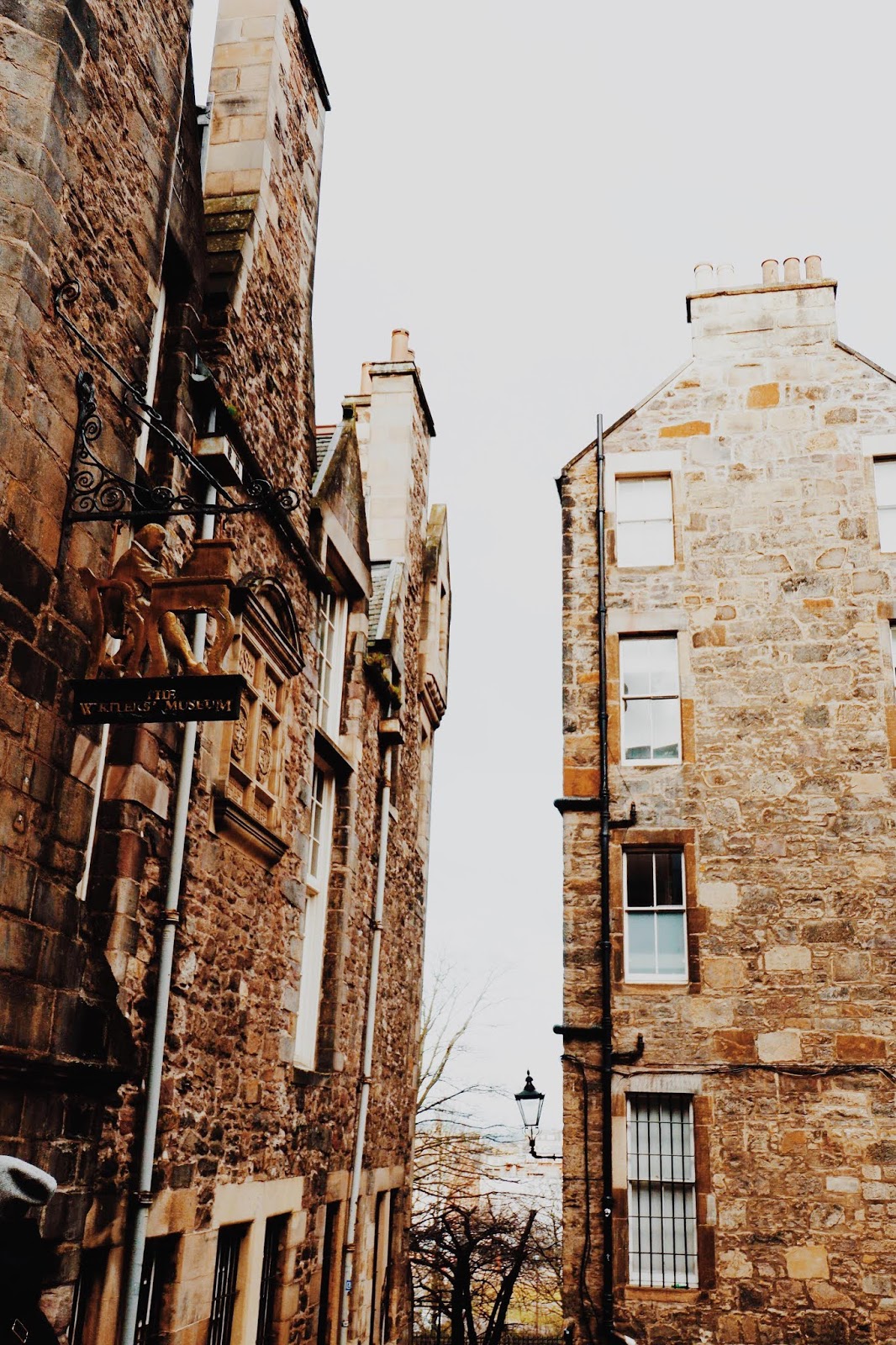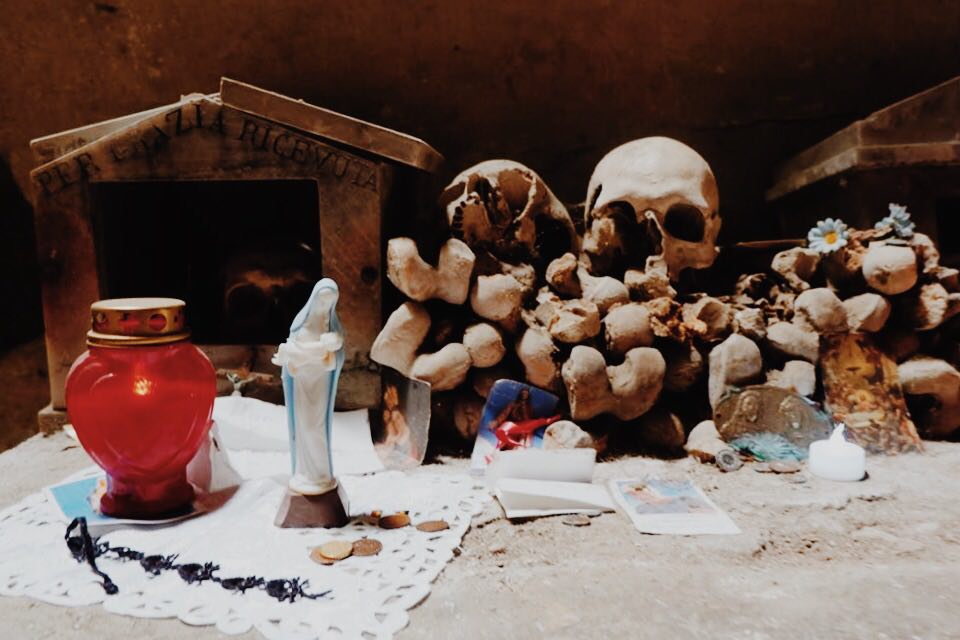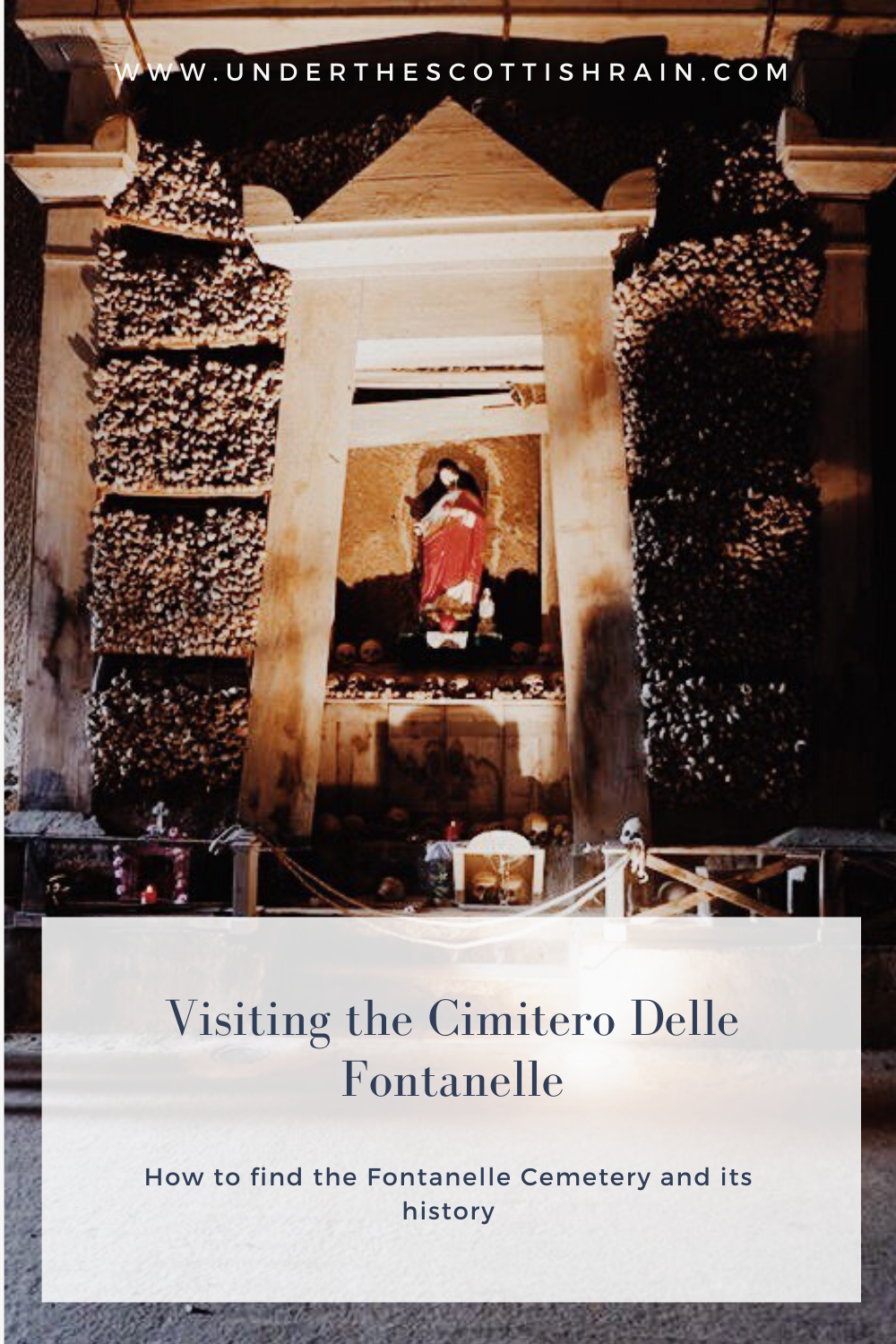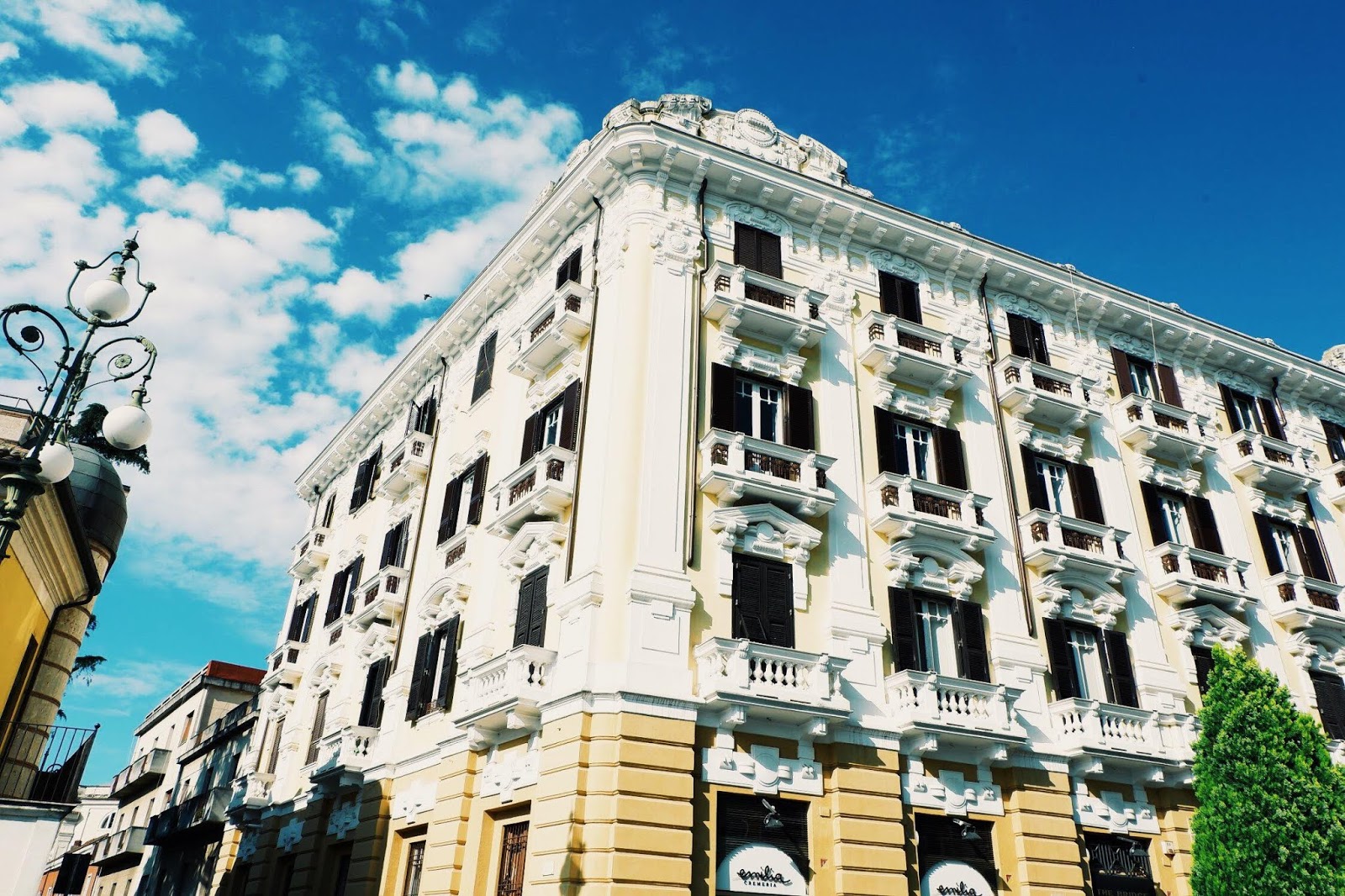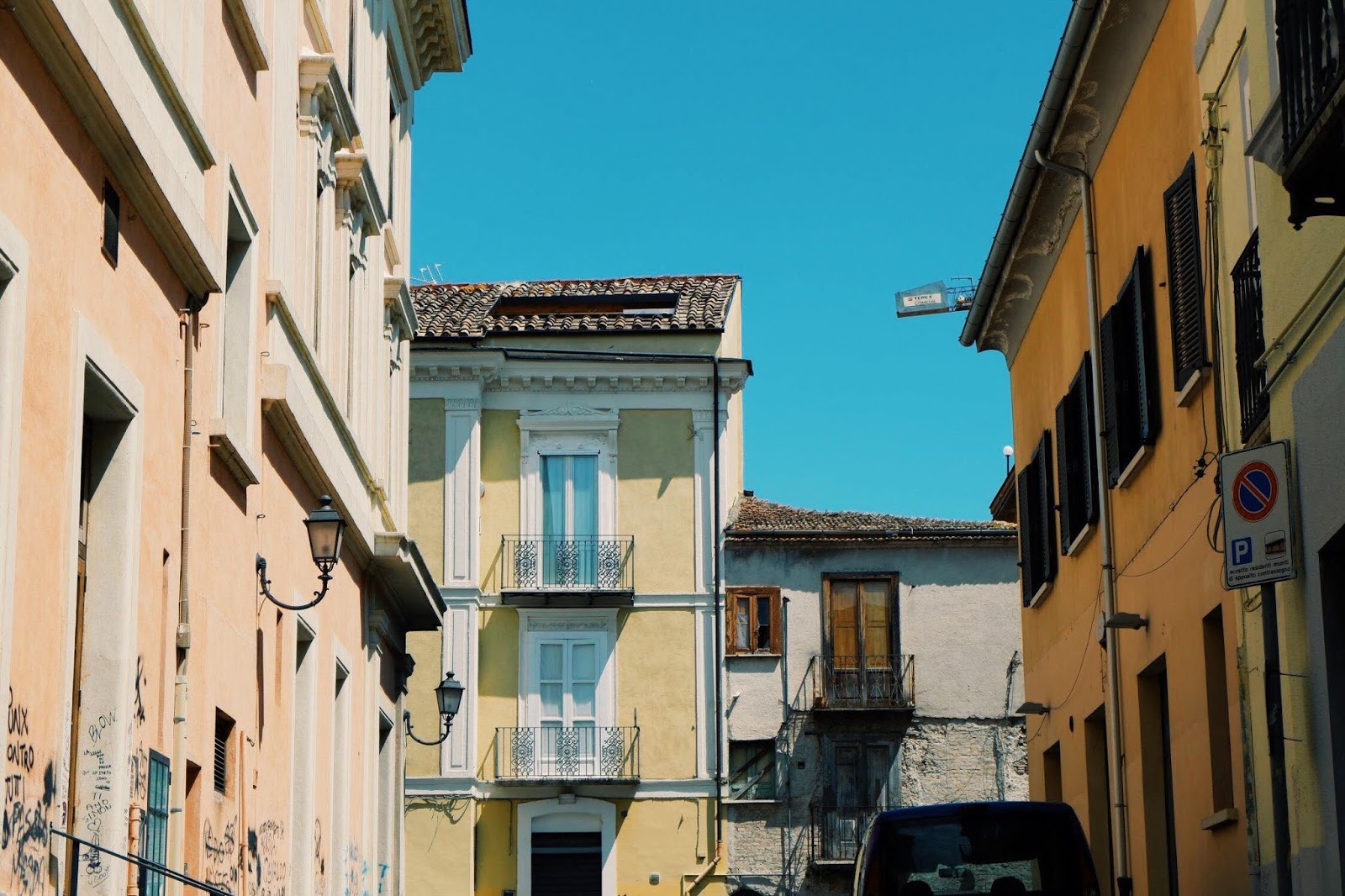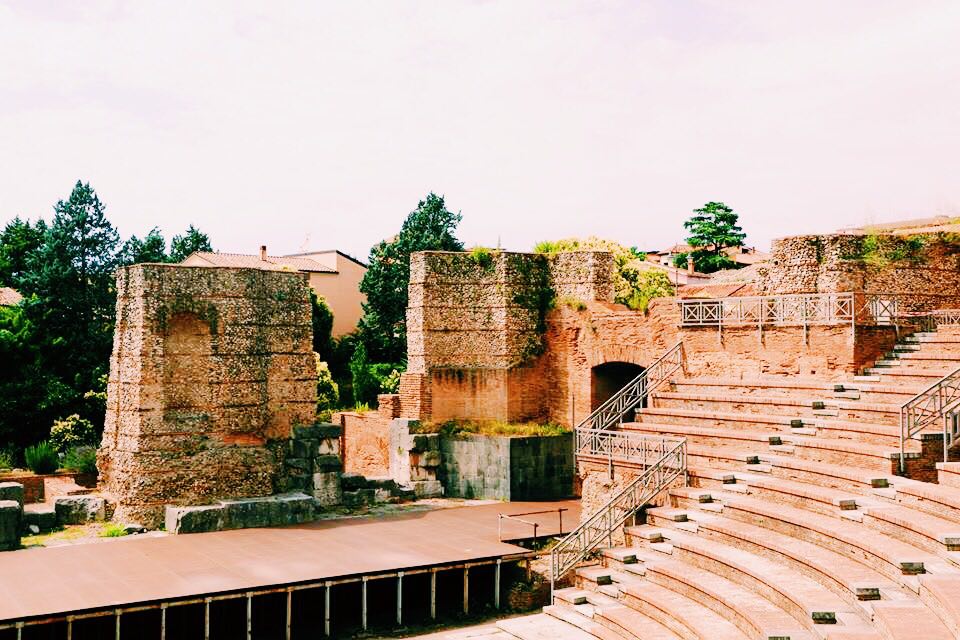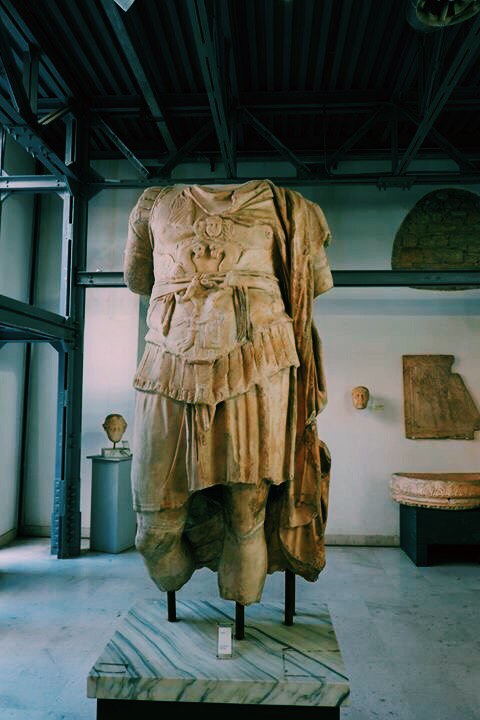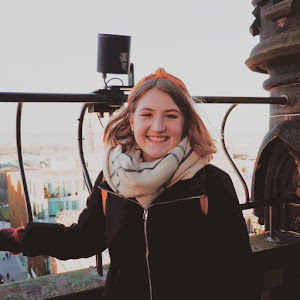From exploring historic ruins, joining a tour group or getting familiar with local markets and shops, there are so many ways to feel like you've gotten to know a country that you're visiting. For me, its getting to know the local heritage - from the big cities to the small towns. I absolutely love walking down a small street, lined with houses either side, and not seeing another tourist around - it can really give you a feel for what it would be like to live in that place. One of the things I love about Italy, is how many of the small towns and provinces have festivals. While digging in Italy last summer, a friend took a few of us to experience an Italian festival - the San Amanzio Festival - in the nearby comune of Jelsi, in the province of Campobasso.
Experiencing Italian Festivals
From my experience of spending the past five summers in Italy, the Italians love a good celebration. Each year when I've visited, we've often stumbled upon or sought out a festival to attend. Forget about the image of British festivals, where beer is thrown over your head, porta-loos are overspilling and folk are sleeping in tents while covered in mud. Italian festivals are much more a community thing - at least from what I've experienced. The festivals are rooted in tradition, and many have been celebrated for hundreds of years. It's about coming together for a celebration, and usually involves lots of good food, some beer, and maybe a carnival ride or two. This past summer I attended 3 festivals in local towns - Mirabella Eclano held a festival right at the start of the field season, and invited us archaeologists along to celebrate with them. This festival was particularly fun because one part of the town was filled with rides, including swing chairs, pirate boats and ones that throw you in the air. Its fair to say we all spent many euros getting our thrills. Another festival came right at the end of the field season and was set up right in front of the school we use for accommodation on the dig, in Passo di Mirabella. This was the beer festival, and was everything you can imagine it was - with live music playing into the night, stalls selling cups of beer and street food everywhere. I love experiencing Italian festivals, mingling with the locals and celebrating with them. Often at the festivals there are food stalls with the most amazing food to try, as well as plenty of locally sourced wine.
What is there to see in Jelsi?
As I've said, Jelsi is a small comune in the province of Campobasso - which is in the region of Molise. The town itself only has around 2000 inhabitants, and its main focus is agriculture.
The Valiante Castle is the highest point in Jelsi, and was built in 1807.
The town square is beautiful, and where we spent most of our time. The buildings and streets are adorned with beautiful flowers, and there is a fountain with dolphin statues. As we were visiting during the festival, we spent much of our time wandering around the town, then watching the festive activities - including home made go-kart races, and bands.
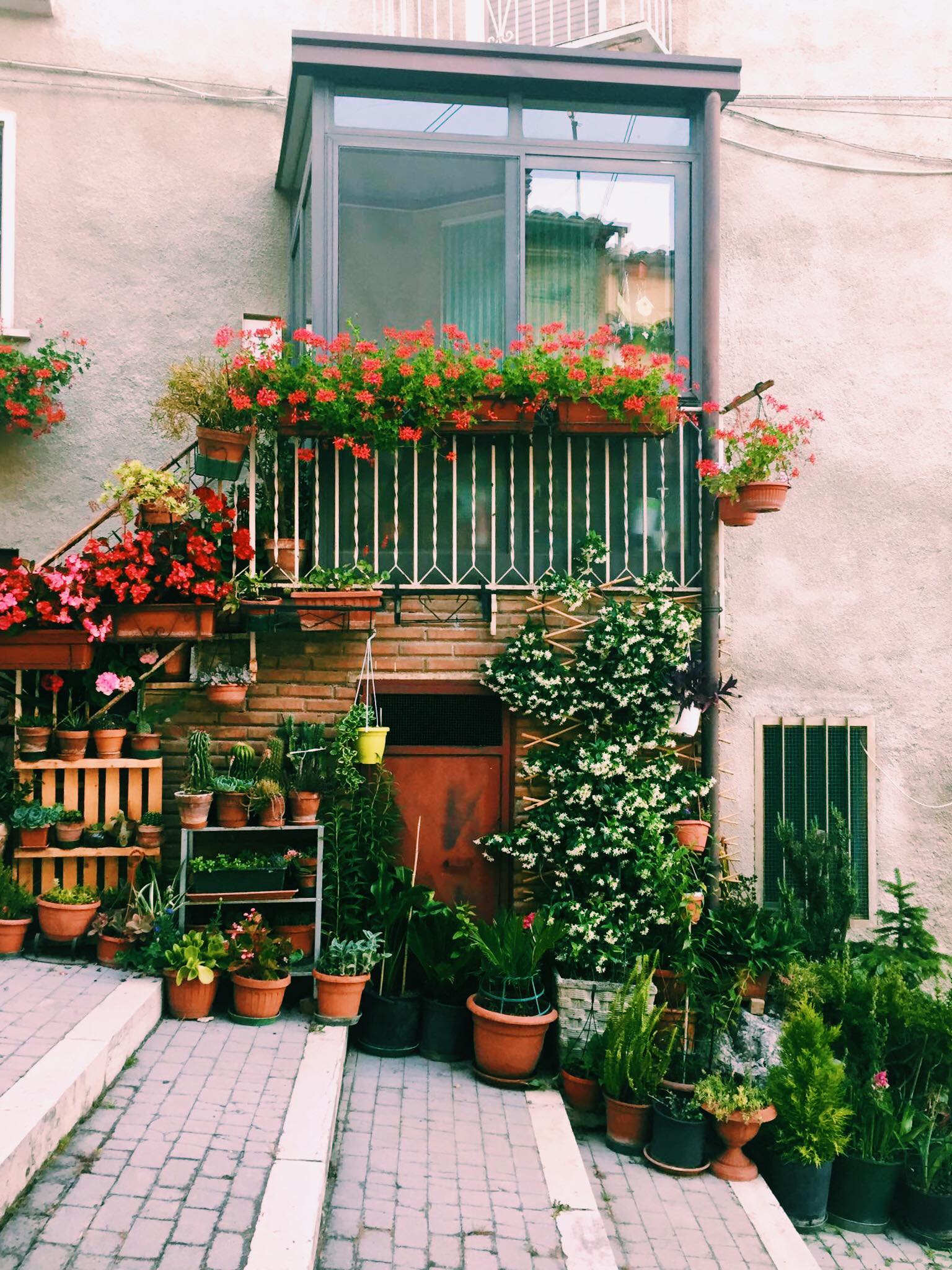 |
Some areas of town had not been restored since an earthquake had hit, but many of the buildings were covered in flower pots, and we were lead down cobbled streets. There is a beautiful viewing point, at which you can see across the agricultural fields, and we timed our arrival perfectly to see the sun setting.
The convent of Santa Maria delle Grazie lies just outside of the town. In a centre at the back of the convent, the town has made a museum ( The Grain Festival Community Museum) of all the pieces of art made from grain, as part of the festival of St Anne, or the wheat festival.
The former convent of Franciscan Friars is actually where we made our home for the weekend. The convent is utilised as dig accommodation for a field school in the area, and we were lucky enough to have connections that allowed us to sleep here. Although it was a little surreal walking through the convent, with statues and images of Jesus surrounding you, and being awoken to the sound of hymns on the Sunday morning, it was an amazing experience and one I doubt many can say they've had.
Explore Naples with me in my guide of 'Top Things To do in Naples'
The Festivals of Jelsi
The festival of St Anne
The Wheat festival occurs every July, and consists of the wheat being cut from the fields, and the best wheat being worked into stunning art forms. The locals pass down tips and techniques through generations, and the result is an incredible array of designs, from grain statues of famous people, canvases of agricultural scenes, or even structures such as cars or whole scenes being formed all from the clever working of the grains. Before the festival beginnings, the wheat is taken through town, and blessed by St Anne. The floats filled with the incredible art work are paraded through town.
The festival began as a way to thank and celebrate St Anne for her protection during a bad earthquake which affected the region in 1805. Her effigy is carried at the front of the procession each year. This year would've marked the 215th festival.
The San Amanzio Festival
The real reason for our visit was to experience the San Amanzio Festival. This festival is hundreds of years old, but was stopped due to the outbreak of WW2. In 2002, the San Amanzio Cultural Association was formed, which reinstated the celebration of the festival. In this festival, a statue and relic of the saint is carried throughout the town in a procession, and returned to the church. After, the town celebrates with a feast and entertainment.
The 'feast' isn't like anything I've seen before - a cow is put on a spit, and you can get cones of meat and chips to fill your stomach, while having beer from the 1000L kegs that are brought in for the weekend. Yes, I didn't make a spelling mistake - the kegs were 1000L, and there were several! Folk were queuing up with numbers to get their share of the cow on the bonfire, and watching the cooks in charge of it, with flames spitting out, was incredible.
There were stalls throughout the streets of the town, a stage set up with some amazing acts - including Iron Mais, a 'Cow Punk' Italian band, which blends rock music with folk, bluegrass, country and western. The locals were all very welcoming. It helped that we were shown around by an archaeologist who had attended all (if not, very nearly all) of the San Amanzio Festivals, and was known by name by everyone. We sat and shared stories with many of the locals into both the Friday and the Saturday nights, and everyone was so eager to share this part of their heritage with us, we were even invited to join in the procession as the relic was lead throughout town.
Spending time at a local festival is a great way to engage with the local history and heritage - as well as having a good time. The San Amanzio Festival was a great way to learn about the town's heritage, and gave us a great excuse to visit a new area of Italy that I hadn't been before. Connecting with the locals, hearing their stories and showing respect to their heritage and customs is a fantastic way to experience a place, outside of the normal tourist hot spots and destinations.
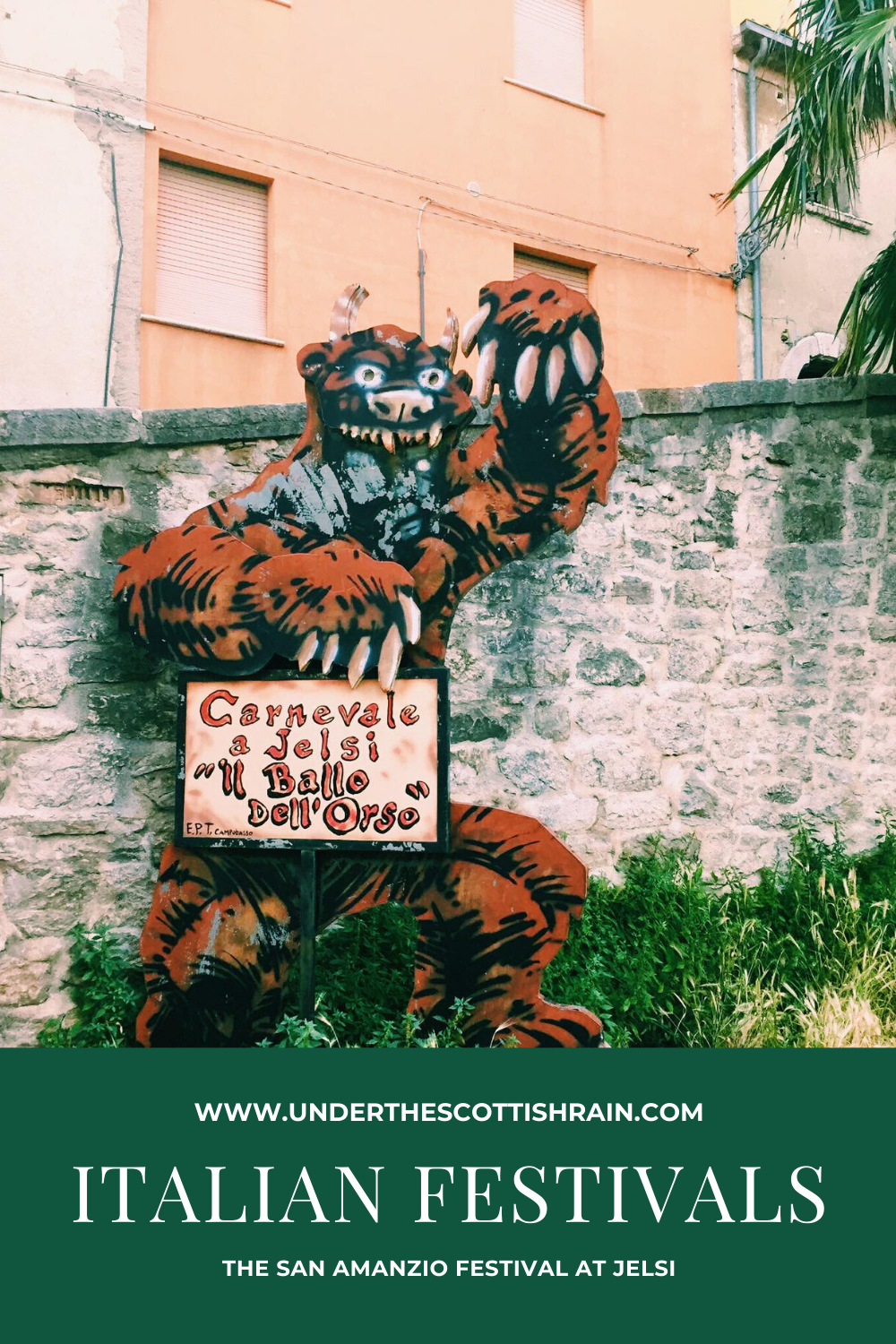 |
| Add caption |
Em

